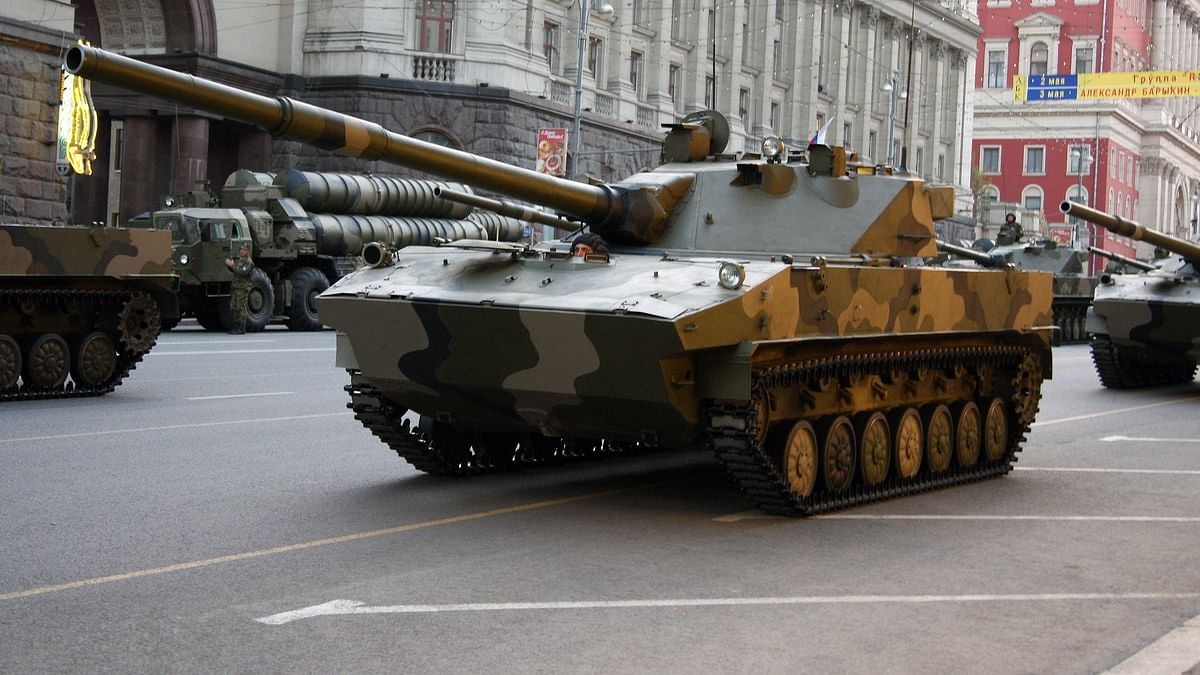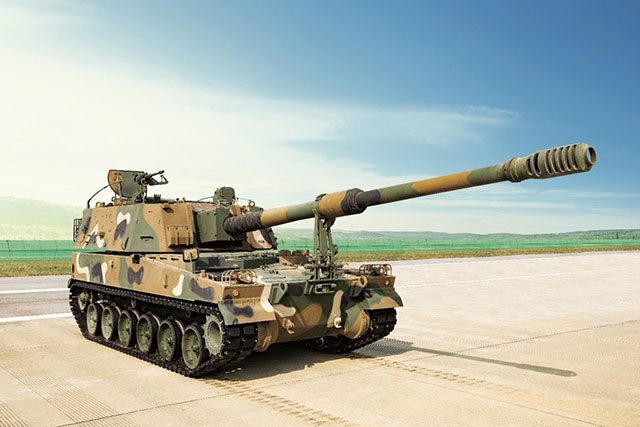India sets eyes on Russian Sprut light tanks to counter China, gets rare access to trials
New Delhi: India has set its eyes on procuring the Russian-made Sprut-SDM1 light tanks, to counter China in the mountainous terrain along the Line of Actual Control (LAC), and will also take part in the trials of the system starting late summer.
This will be a first for Russia because no other country has witnessed trials of a product that is under development.
According to sources in the security and defence establishment, India is keen on the 18-tonne Sprut because it shares the gun of the T-90 tank and fires the same kind of ammunition. India is currently operating T-90 and T-72 tanks, which are also Russian-origin, besides Arjun.
This will mean logistics and maintenance systems of the Sprut tanks will not have to be drastically different for the Armoured Corps.
While it is largely believed that the Russian forces have already inducted Sprut, sources said the tanks are still undergoing trials and are in the last stages of development.
Russia’s approval to include India in the trials of the light tanks — which can be airlifted, parachuted with crew inside and can even disembark from a ship — came after Defence Minister Rajnath Singh spoke about India’s need for light tanks during his visit to Russia in August 2020.
As
reported by ThePrint then, Russia had offered India the light Sprut SDM1 tanks during Singh’s visit. The move came as India had deployed the T-90 tanks, weighing about 46 tonnes, in Ladakh during the prolonged standoff with China.
This was besides the T-72 tanks, which weigh around 45 tonnes, deployed earlier. Conversely, China had deployed its new lightweight tanks, Type 15, besides other armoured elements.
After India’s request, sources familiar with the matter said, discussions were held at various levels within the Russian establishment and a final go-ahead for inclusion in trials was given by the “very top”.
Accordingly, a team of the Indian Army will visit Russia later this year, and witness the firing and mobility trials of the tank.
Meanwhile, India
has also floated a Request for Information (RFI) for 350 light tanks, which should not weigh more than 25 tonnes. This weight criteria will rule out many of the light tanks currently available in the market.
Capabilities of Sprut-SDM1
Sprut-SDM1 is the only light amphibious fighting vehicle in the world that possesses the
firepower of a main battle tank, a 125mm main gun. The other unique future is the ability to fire a cannon afloat, sources said.
Other similar products are Chinese Type 15 light tank and the Turkish Kaplan MT medium tank. However, both these tanks have 105mm main guns unlike the Sprut’s 125mm main gun.
Furthermore, only the Sprut-SDM1 can fire guided missiles and has a potent armament suite that includes a 125mm gun, a 7.62mm remote-controlled machine gun and a 7.62mm coaxial machine gun.
The tank’s onboard guided missile weapon system can engage armoured targets, including explosive reactive armour (ERA)-equipped ones at ranges up to 5km, besides being able to engage low-flying helicopters by the roof-mounted machine-gun mount.
“The Sprut is a genuine light tank in terms of weight. The Chinese and Turkish tanks are heavier. Sprut should give greater mobility and combat edge over its rivals. The trials would show whether it lives up to the promise or not,” a source told ThePrint.
The Sprut can also travel over a distance of 500 km without refuelling and can be transported by military transport aircraft and landing ships besides being parachuted with a crew inside the vehicle.
Competition from the ‘desi’ light tank
While India has set its eyes on the Russian Sprut, the Defence Research and Development Organisation (DRDO) and Larson & Toubro
are in talks with each other to possibly convert another tank — the K9 Vajra 155mm/52 calibre Tracked Self-Propelled Howitzer — into a light- or medium-weight tank that could be used in mountain regions like Ladakh.
DRDO and L&T are looking to reduce the tank’s weight by replacing the heavy 155mm gun with a 105mm or 120mm gun.
This will also change the tank’s turret design and the overall weight will reduce from its current 47 tonnes. More weight-reducing technology and material can also be used, which is expected to make the tank at least 10 tonnes lighter.
The aim is for the Vajra tank to actually weigh around 30 to 35 tonnes or somewhere close, which can be deployed in the mountains.
Armoured Corps first pitched for light tanks in 2009
The Armoured Directorate of the Army had first moved a proposal for light tanks in 2009. However, the Army’s top brass shot down the proposal as they felt that light tanks were not needed.
“The proposal had been kept in cold storage since then. But the Ladakh tensions showed how light tanks can play a critical role in areas where traditional main battle tanks cannot operate,” noted a source.
“Why did China deploy light tanks besides its heavier variants. This is despite the fact that China has a flatter terrain along the LAC than India, which is more mountainous. The tanks in front provide the infantry with the biggest fire power and light tanks are needed for the mountains,” he told ThePrint.
India
has had light tanks in the past, which were used during the 1947-48 Kashmir operations (M 5 Stuart tank weighing about 16 tonnes) and then the 1962 and 1971 wars (PT 76 tanks weighing around 15 tonnes).
However, these paved the way for heavier tanks as the focus has been fixed on Pakistan and the plains ever since.
The 18-tonne amphibious Sprut-SDM1 is capable of being airlifted, parachuted with crew inside and can even disembark from a ship.

theprint.in




 "coRRUpTIOn ..? wHAT does THAT meAN")
"coRRUpTIOn ..? wHAT does THAT meAN")


 .
.